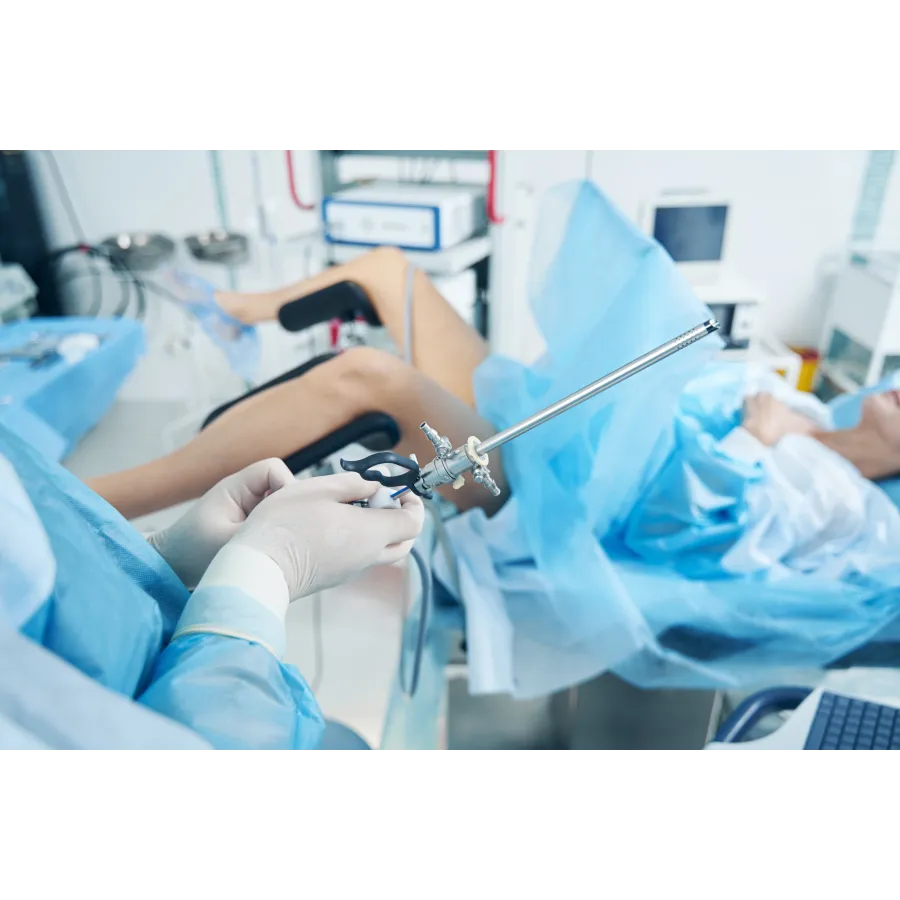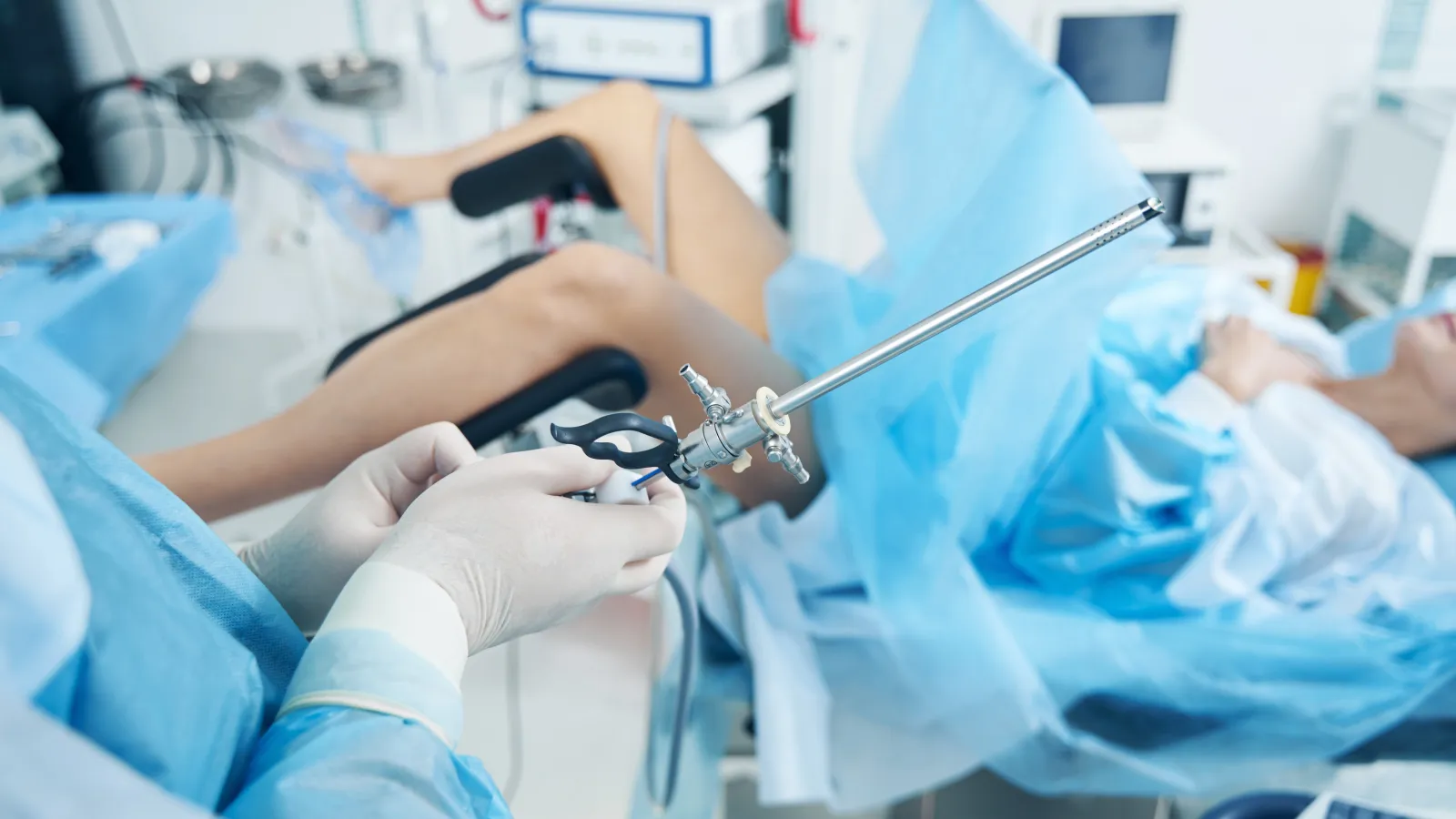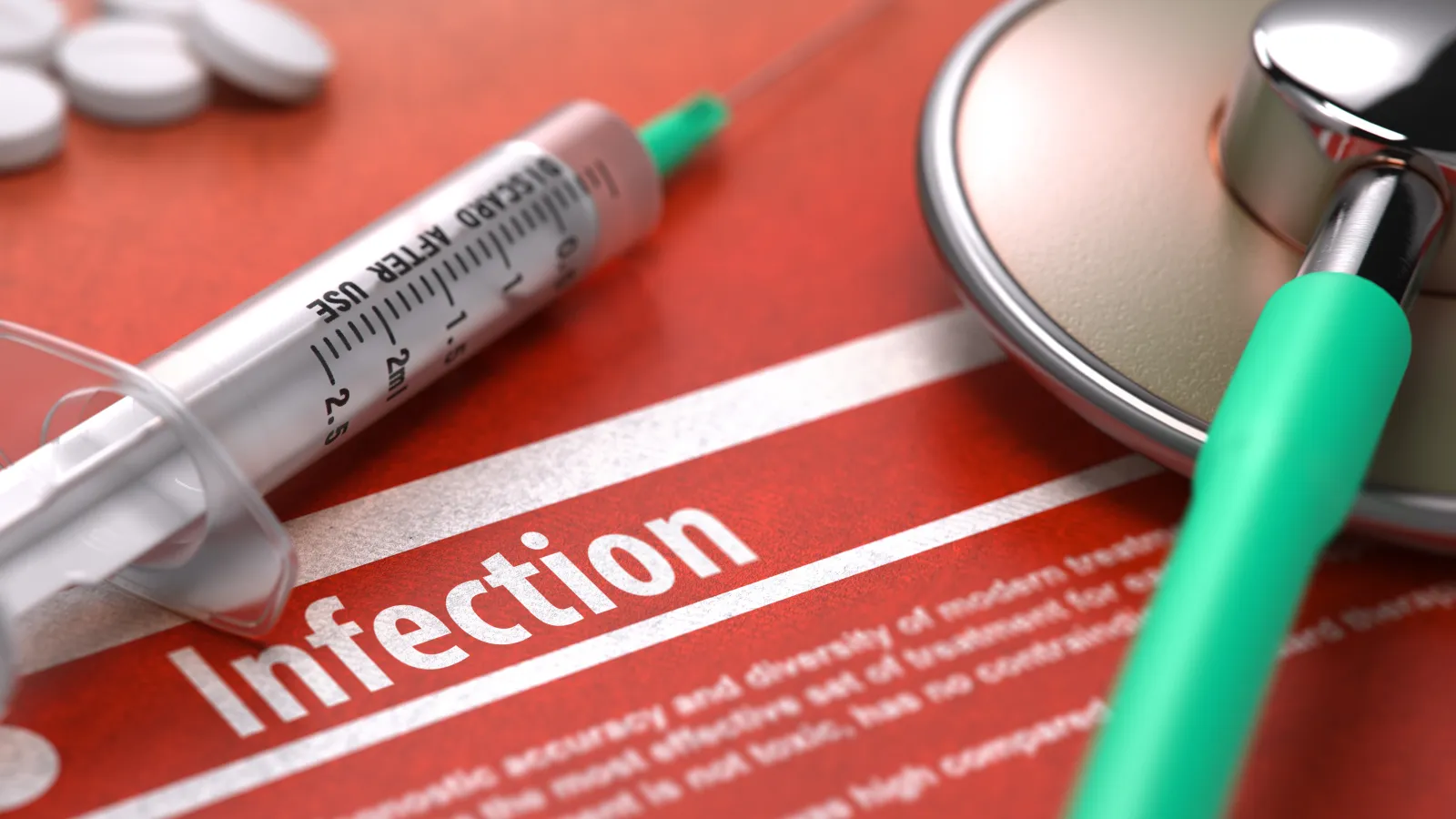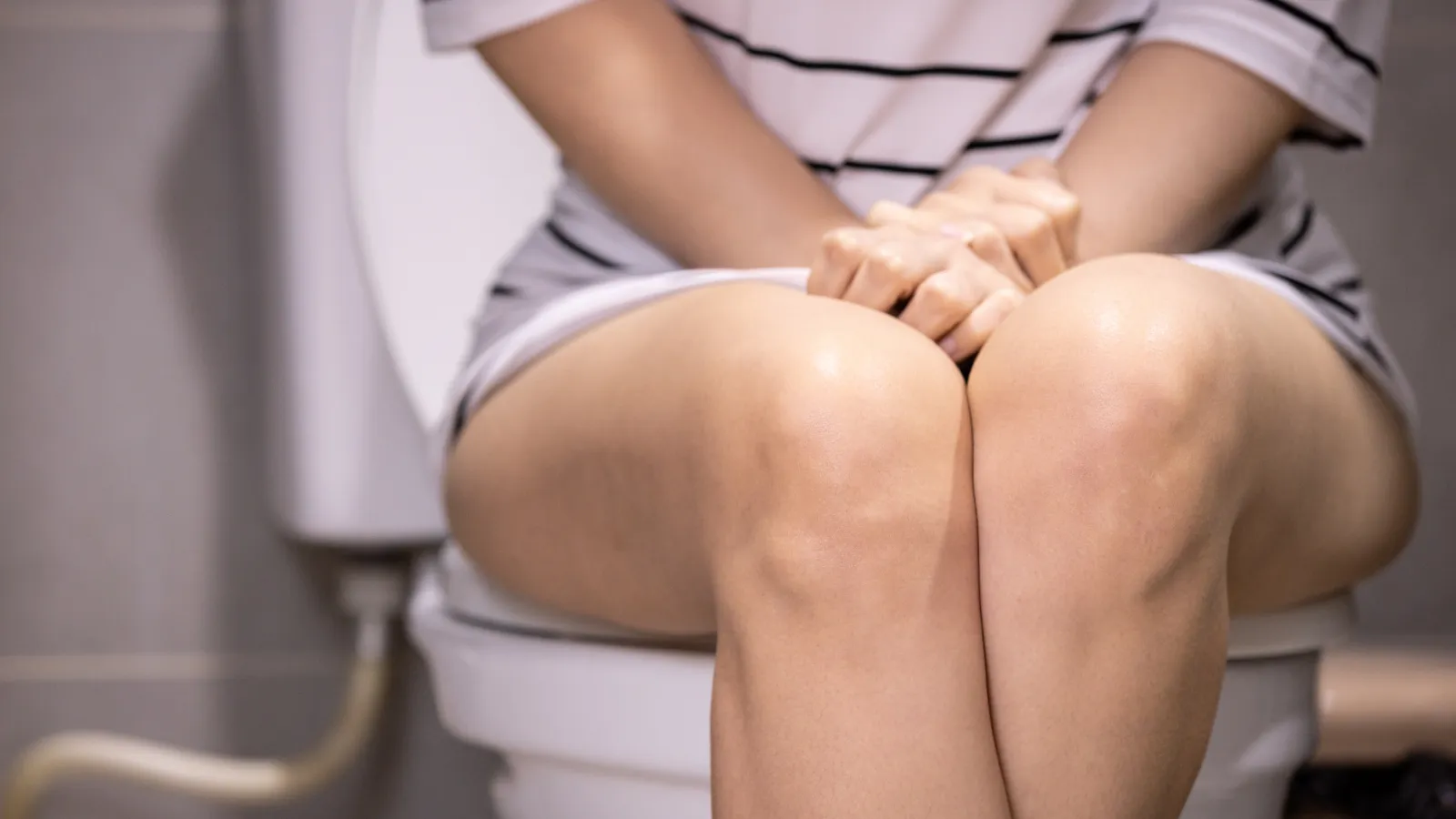The Best Treatments for Cystoscopy
Expert Cystoscopy Services
Urinary tract infections may affect any part of the urinary tract. The urinary tract consists of the kidneys, ureters, bladder and the urethra.

When is Cystoscopy Needed?
The kidneys remove toxins from the blood that passes through them using nephrons, tiny units that filter the blood. Then, the kidneys produce urine as the end-products of the filtration process. The urine then passes through the ureters on its way to the bladder. A human body has two ureters and each ureter connects to one kidney.
The bladder stores the urine for as long as it necessary. When it is time to excrete it, the bladder expands allowing the urine to follow out. The urine directly flows into the urethra. The urethra is a long thin tube that urine passes through on its way out of the body.
A cystoscopy is required to treat the following conditions:
- Urinary tract infections (UTI) and/or Hematuria (the presence of blood in urine)
- Cancer, tumor, and/or Stone in any of the urinary tract organs (kidney stone or bladder stone)
- Prostate enlargement
- Urethral Stricture and/or Interstitial cystitis
- Presence of abnormal cells in urine
- Incontinence or overactive bladder - these conditions are as a result of lack of bladder control Pelvic pain
What To Expect From A Cystoscopy Procedure
The scope is slowly inserted into the urethra. The patient has a sensation of urinating. For investigation purposes, a flexible scope is used by the doctor. Thicker scopes are used for biopsies or surgical treatments. The doctor will be monitoring the movement of the scope through a lens. The procedure takes between five to 30 minutes depending on the anesthesia used.

Preparing For A Cystoscopy
- Antibiotics: You'll likely be prescribed antibiotics before the procedure. They can be taken before or after the procedure. They are good for people with weaker immune systems.
- Bladder: A urine sample might be required before the surgery, and the bladder needs to be emptied.
- Anesthesia: Some anesthesia is needed for the procedure. The anesthesia used can vary from person to person.
- Local anesthesia: The patient will be awake. Patients are allowed to eat and drink on the day of the procedure and can be discharged on the very same day.
- General anesthesia: The patient will be unconscious during the procedure. Patients are required not to eat food some hours prior to the cystoscopy.
- Regional anesthesia: A patient is given an injection.









